
- Beijing Winter Olympics organisers insist they have committed to the goal of achieving a carbon neutral Games
- Yet experts and activists question ‘irresponsible’ reliance on artificial snow and lack of accountability over sustainability, with IOC ‘essentially compliant’
China has long trumpeted its claim that this year’s Winter Olympics will be the greenest Games ever, and even proposed a flameless cauldron at the opening ceremony as a nod to being environmentally friendly.
And even for the International Olympic Committee, who are very vocal about their commitment to being carbon-neutral, and insist hosts are equally climate conscious, that was a step too far.
As it was, the tiny Olympic flame still raised eyebrows, as did famed Chinese filmmaker Zhang Yimou, the man responsible for ceremony, when he said that in case size mattered, and it was “sending a clear message: the cauldron is the world and lighting it is about being environmentally friendly and having low carbon emission”.
He added: “If subsequent Olympic Games want to be green and want to make the flame small, you can use the Beijing Games as a reference.”
In 2016, a year after China won its bid to host the Games, organisers published a policy report that cast sustainability as “the core concept and basic principle” for the landmark sporting event.
In the lead-up to the Games, organisers set up eco-friendly measures ranging from using electric buses to making sustainable artificial snow, with the goal of achieving a fully carbon-neutral event.
Chinese officials, including President Xi Jinping, have repeatedly touted the Games to be “green, inclusive, open, and corruption-free”.
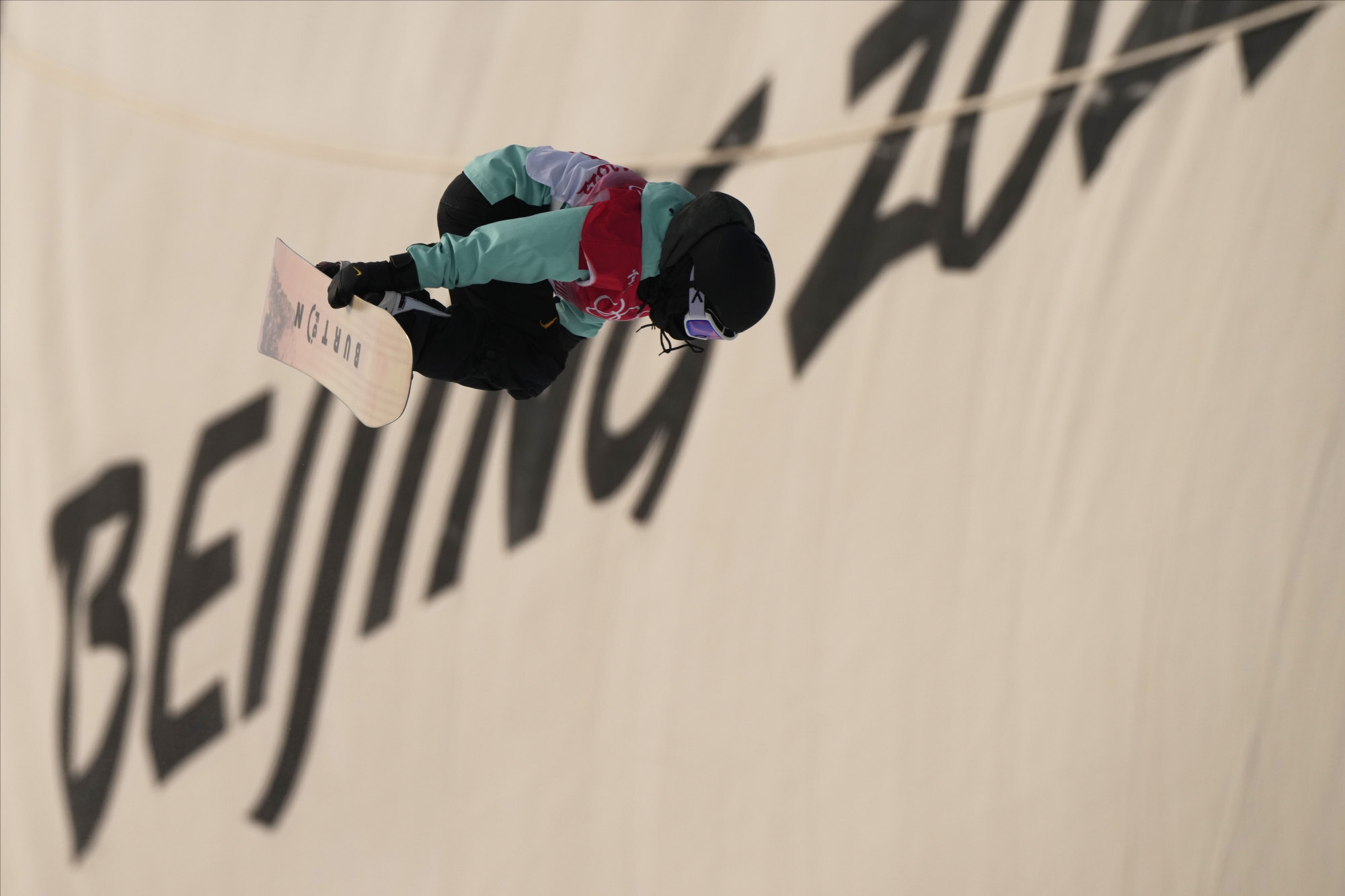
Beijing will be among several Olympic games that have committed to the goal of carbon neutrality since a 2020 report by the International Olympic Committee (IOC), which mandated that Games after 2030 must be “climate positive”.
The IOC has also required all upcoming Games to be carbon-neutral. Previously, the Tokyo 2020 Summer Olympics managed to go “beyond carbon neutrality”, according to a post-Games sustainability report published last December.
Yet some experts and activists have questioned the feasibility of Beijing’s approach for a number of reasons, such as the organising committee’s reliance on artificial snow, and a lack of accountability from the IOC.
Carbon-neutral measures
To become carbon neutral, the Beijing organising committee has implemented several measures, such as repurposing venues, using energy-saving transport, and exclusively using “green energy”.
Five venues from the Beijing 2018 Summer Olympics are being reused, including the “Bird’s Nest” National Stadium and the “Water Cube” National Aquatic Center – which will be now be known as the “Ice Cube”.
Venues for the Games will also follow China’s new standards on green buildings or snow sports venues, in addition to being fully powered by renewable energy.
These measures also extend to the ice, with Beijing using carbon dioxide refrigerants to make ice in four venues, a first for China and the Winter Games.
Clean energy and energy-saving cars will account for 84.9 per cent of vehicles used for the Olympics, according to a pre-Games sustainability report released by organisers.
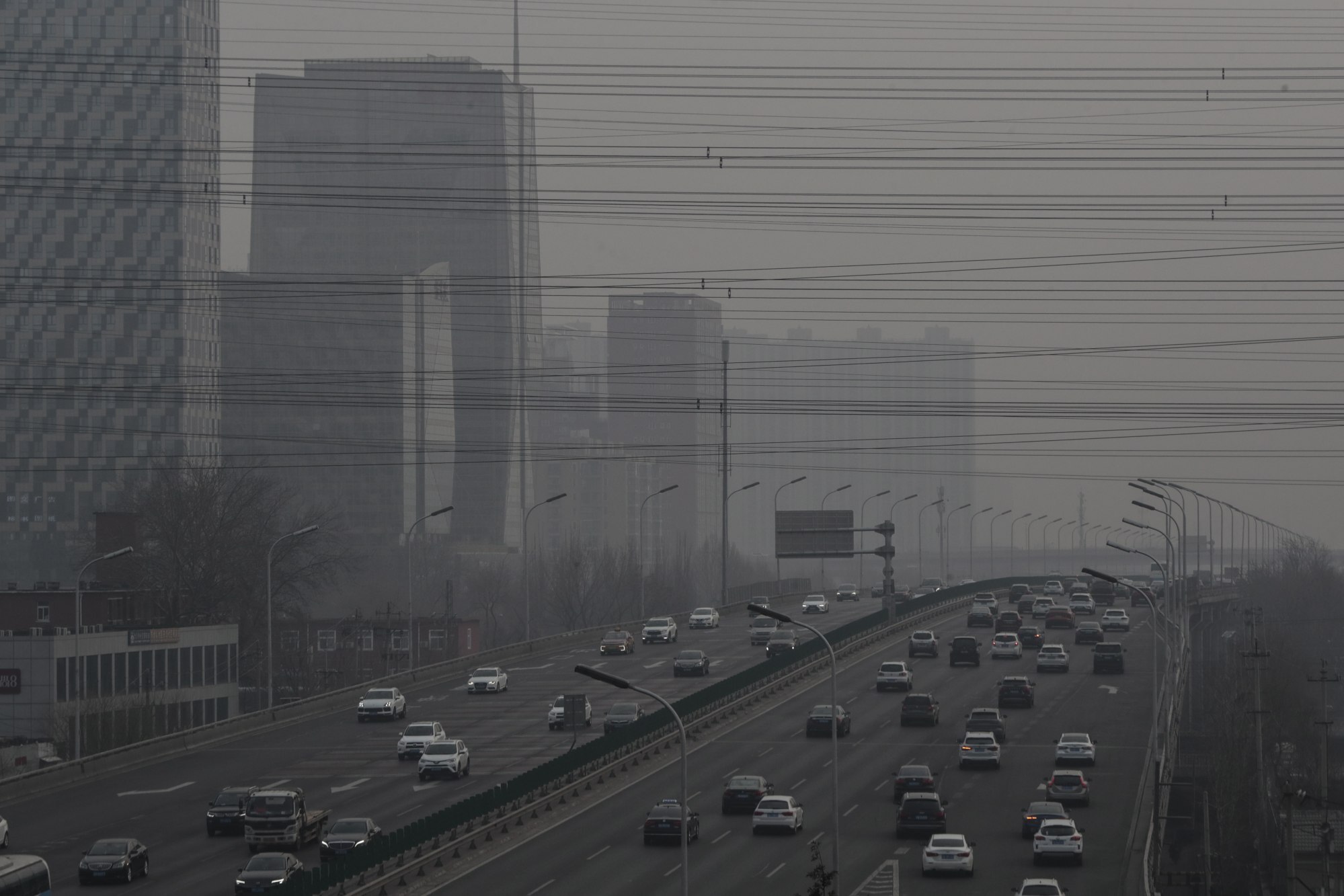
Li Sen, director general of the General Planning Department of the organising committee, expressed confidence that China “will make the Games carbon neutral” through a combination of these measures.
However, Martin Müller, an associate professor of geography at the University of Lausanne, believes there are several issues with the goal of carbon neutrality at the Games.
He co-authored a study that compared the sustainability of the Olympic Games from 1992 to 2020, which found that the sustainability of the Games has been decreasing over time.
Müller added that the direct carbon footprint of the Olympics in Beijing is more than eight times higher than that of the Vancouver 2010 Games, undermining the claim of a low-carbon Games.
“Much of the claimed carbon neutrality rests on offsetting, and offsetting is inherently problematic, because of the long duration it takes to offset carbon,” he said.
Tree-planting, for example, will take 80 to 100 years to store a meaningful amount of carbon, if the tree is not cut down in the process. Müller believes that organisers should reduce or avoid emissions in the first place, instead of relying on carbon offsetting.
The Beijing games will mostly use large-scale afforestation projects in Beijing and Zhangjiakou for carbon offsetting, while also making use of carbon credits donated by sponsors, according to a pre-Games low carbon management report.
However, Müller believes that the larger issue is the lack of sustainability standards that are independently defined and assessed.
“In the Olympic Games, there are such strict and exacting standards on almost everything – the value of the brightness of the light that’s in a stadium, the time-taking is by milliseconds,” he said. “Everything is very strictly defined, except for sustainability.”
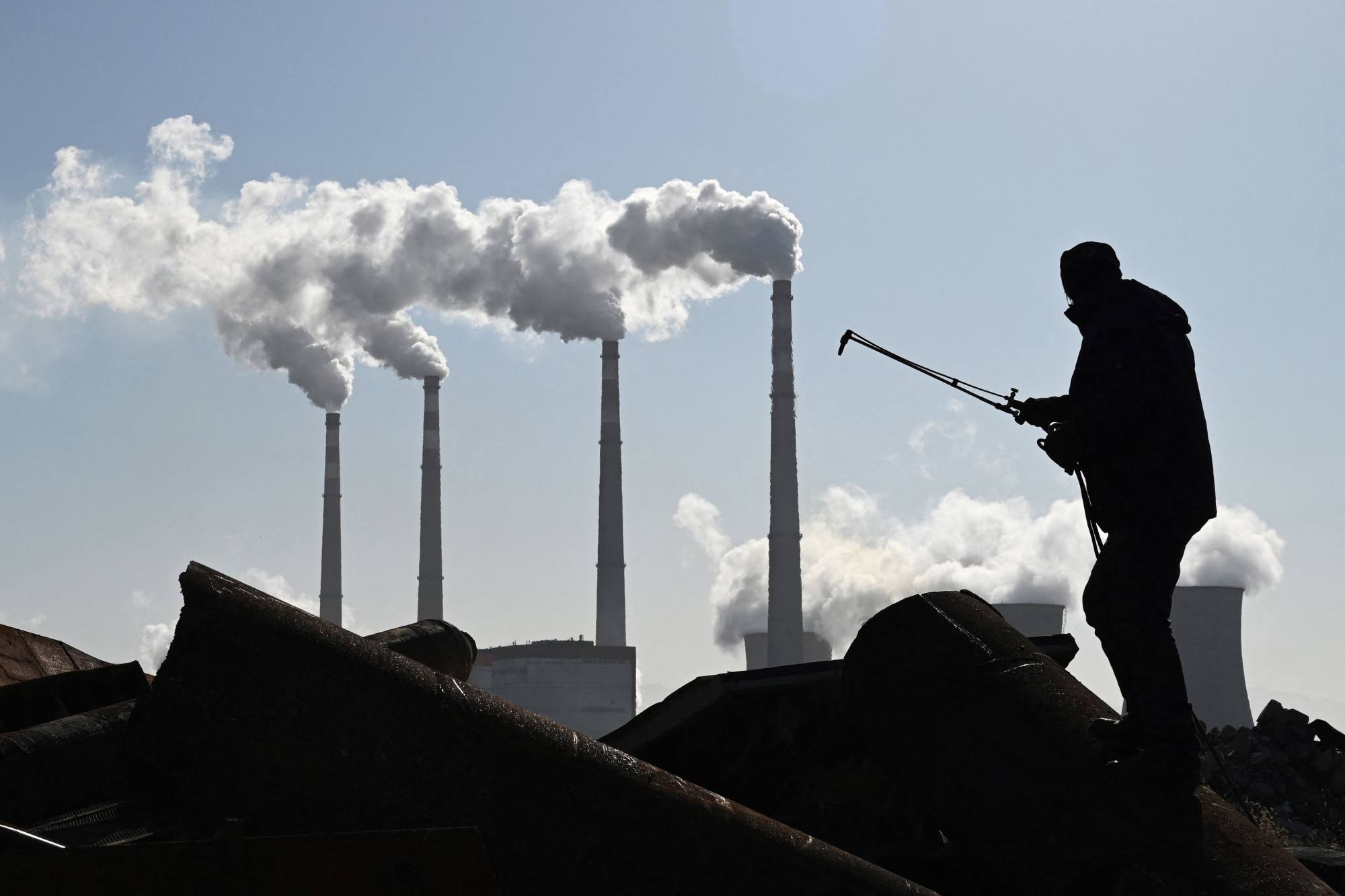
John Rennie Short, a professor of public policy at the University of Maryland, Baltimore County, who has studied the environmental impacts of previous Olympics, also agrees there is no measure to independently assess the environmental impact of the Games.
“Every single one of them [the organising committees] always overestimates the benefits and underestimates the costs of holding the Games,” Short said.
He added that the IOC is “essentially compliant” in having lax standards, with no repercussions if goals are not met.
“Once the IOC gives you the Games, you can promise anything and essentially not deliver,” Short said.
From fake snow to forests
The Beijing organising committee promised sustainability would be a key facet of artificial snow production across the Winter Games’ zones of Beijing, Yanqing, and Zhangjiakou.
In a 2016 IOC evaluation report – a document weighing the pros and cons of each bid – a key shortcoming for Beijing was the city’s “substantial reliance on snow-making in all-mountain venues,” which could impact “the visual perception of the snow sports setting”.
The IOC noted the issue was especially prominent in the sparsely populated district of Yanqing, where skiing events take place and the Olympic Village is based. In 2015, the year China was awarded the Games, Yanqing only received an average of 21 centimetres of snowfall, according to a government website.
As a result, Beijing 2022 will rely entirely on fake snow, the first Winter Olympics to do so.
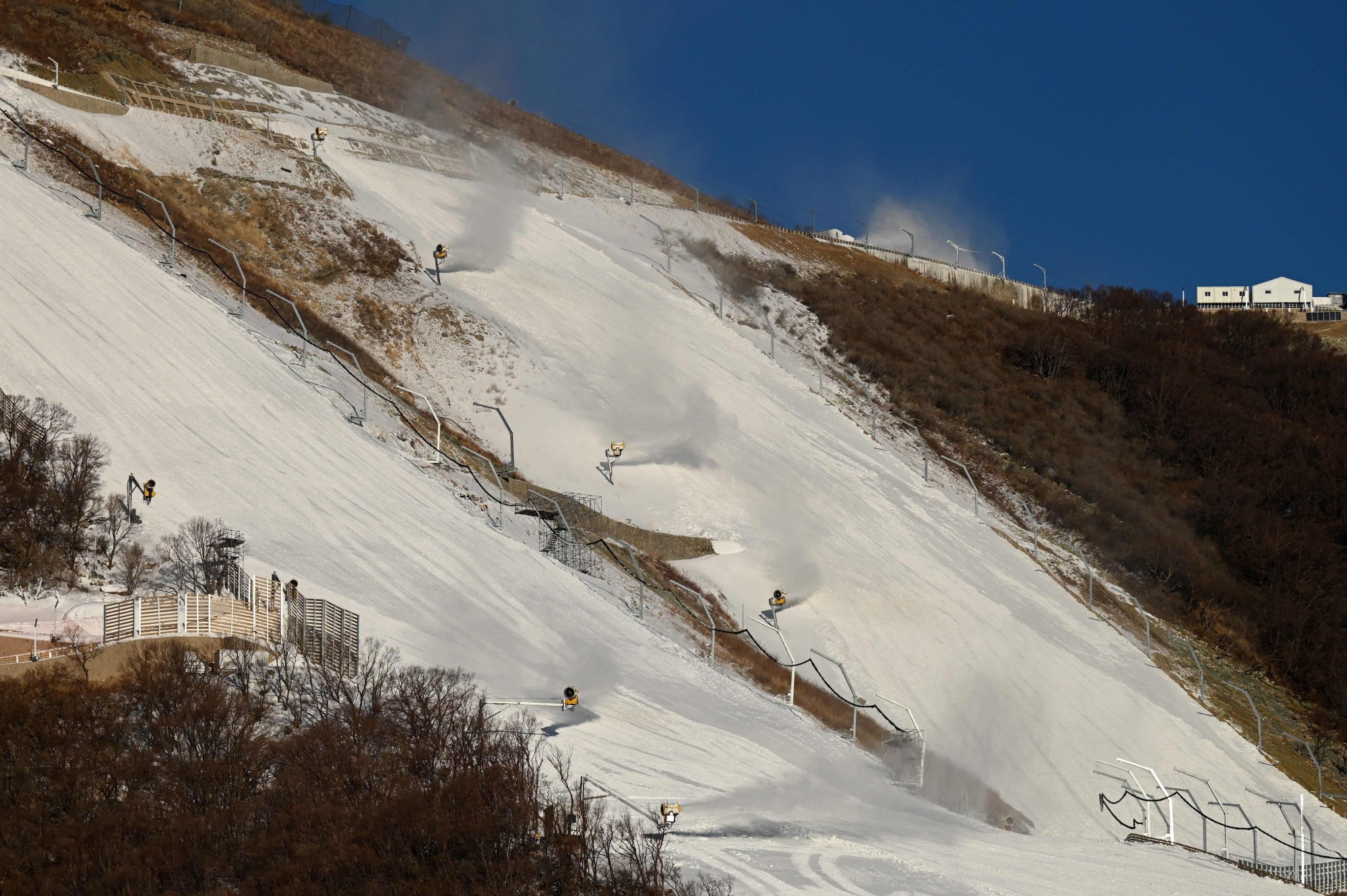
Although organisers have not provided an official figure for what proportion of the snow will need to be fake, they indicated that around 200 snow cannons will create the snow in Yanqing, using water piped from a nearby reservoir.
Previous Winter Olympics have used fake snow, including Sochi 2014 (80 per cent fake) and Pyeongchang 2018 (90 per cent fake), to ensure tracks met standards.
Carmen de Jong, a geography professor at the University of Strasbourg in France, said there are several pitfalls to Beijing’s “irresponsible” artificial snow production that could drastically impact the water supply in neighbouring regions.
“[Artificial snow] poses an enormous problem in a basin that is already one of the most water-scarce in China,” she said. “How can you then free even more water for snow-making?”
De Jong estimates a total of 2 million cubic metres (528,344,105 gallons) of water will be needed for snow-making, a figure she calculated by digitising the surface area of the venues.
She said Beijing’s particularly arid climate would require venues to use around two to three times the amount of water needed for snow-making than of those in the Alps, at roughly 10,000 cubic metres per compared to 3,000-6,000 in the mountainous region of Switzerland.
“If all your snow has been blown away during production, and is evaporating because the atmosphere is so dry, your snow guns are of no use,” De Jong said. “It’s very, very misleading … they are not conserving water, they’re actually squandering water.”
In response to concerns, state-run media agency Xinhua stated last month “fake snow is fake news,” and that its snow-making process would have “little impact on the local water supply”.
There could be ways to limit the negative effects on the environment despite the “quite big” demand for artificial snow, environmental non-profit Greenpeace told the Post, so long as organisers implement “good water management and recycling measures”.
But De Jong countered that even then, the “sustainable technology” used in snow-making is little compared to another issue: that the Olympic venues were built on acres of a nature reserve.
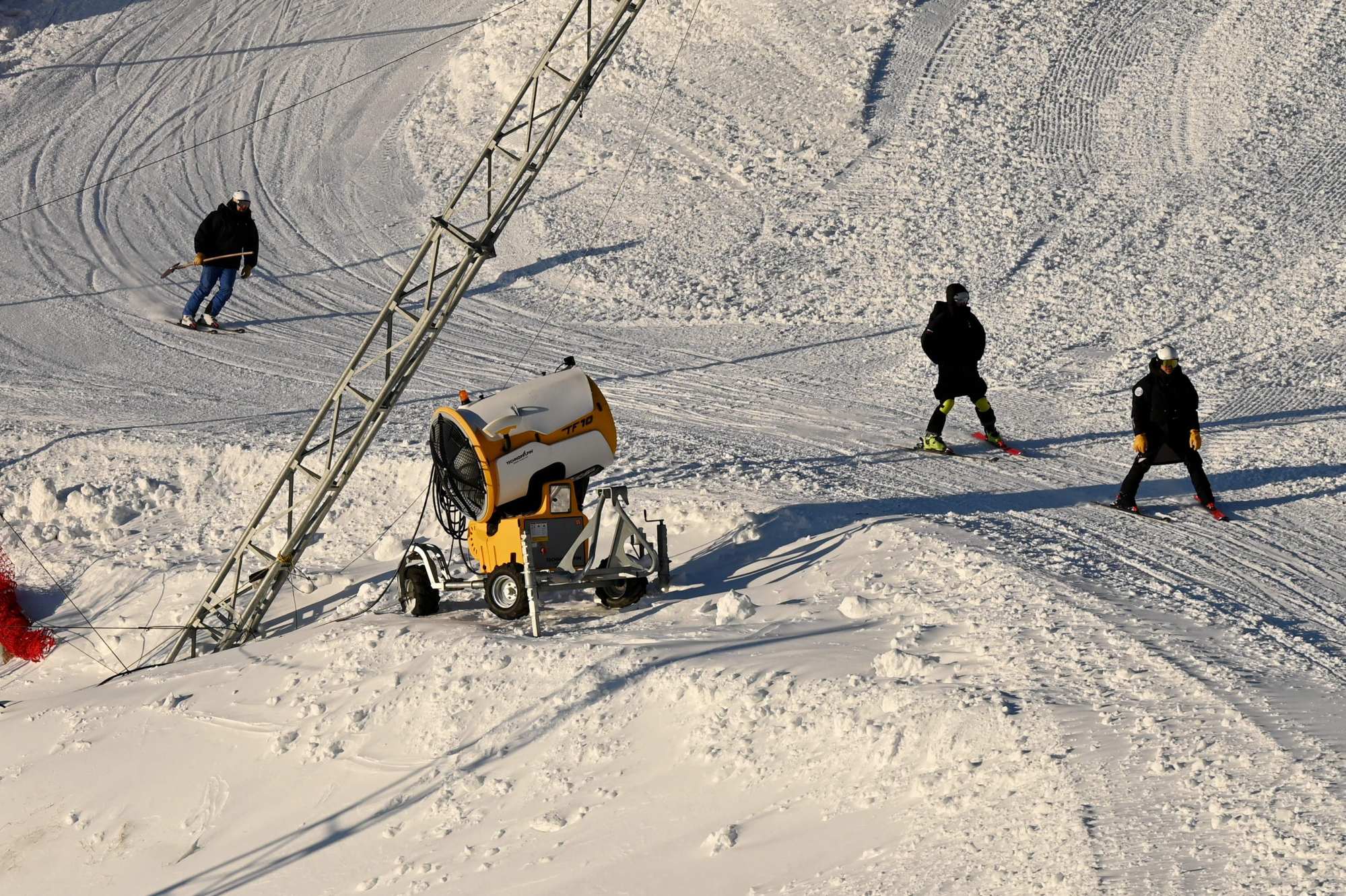
In a 2015 review from the science journal Nature, biologists in China protested against the plan to build alpine ski slopes within a dedicated area of Songshan National Nature Reserve, which contains many rare species, including Beijing’s only Shanxi orchids.
Although organisers claimed to have revised borders to expand the total area of the nature reserve by 31 per cent, and added more types of vegetation, De Jong said they only “moved the borders of the nature reserve” rather than the venues themselves.
“What is disturbing is that there are no real numbers and transparency in any of the reports … how can you say there’s zero impact or nearly zero impact when at the same time, you’ve moved 25 per cent of a nature reserve?” De Jong said.
“That’s a lot of contradiction between what is being stated as being green, and what is actually happening,” De Jong said.
Hot issues with carbon dioxide refrigerants
As part of its measures to reduce its carbon emissions, Beijing will be using carbon dioxide refrigerants in four of its seven ice venues.
They include the National Speed Skating Oval, the Capital Indoor Stadium, the CTS Short Track Speed Skating Training Hall, and the Wukesong Ice Sports Centre.
This is the first time the technology has been used in China and at the Olympic Games, according to the IOC.
Wu said the use of carbon dioxide refrigerants in ice rinks and ice sport venues were not common around the world, in an email reply to the Post. He added there were only about 60 installations of these systems as of 2018, mostly in Europe and North America.
However, the other three ice venues at the Games will be using a refrigerant that is over 1,000 times more potent than carbon dioxide, a move that has prompted criticism from activists.
R449A will be used at the National Aquatics Centre, the National Indoor Stadium, and the Wukesong Sports Centre, which will host the ice hockey and curling events.
The measurement time period commonly used is 100 years, however a 20-year time frame is also used for gases with shorter lifespans.
R449A is a refrigerant blend containing hydrofluorocarbons (HFC), which are potent greenhouse gases mostly used in refrigeration and air conditioning equipment.
The organising committee stated carbon dioxide refrigerants were chosen for venues that produce ice all year round, while R449A will be used for venues without that requirement.
Avipsa Mahapatra, climate campaign lead for the Environmental Investigation Agency (EIA), disagrees with the explanation, insisting there is no technical reason for the move.
“If the claim being made here is that because they are not using R449A the whole year, it is OK from a climate perspective, that is unfortunate,” she said. “The refrigerant still either leaks or enters the atmosphere at the end of life. So you still have the same climate impact.”
Mahapatra believes there are “zero excuses” for using HFCs when there is an immediate and large-scale need to reduce greenhouse gases to combat climate change.“Especially when it is several thousand times worse for the climate than another easily available refrigerant being used in the same Olympics,” she said.
Wu, the associate professor, believes the decision is likely to have been taken because of the difference in GWP between both refrigerants, as there is a risk of leakage during operation. Carbon dioxide is more suitable for long-term use as its leakage has a much smaller environmental impact, while R449A is better suited for short-term operation because of its higher impact.
Wu said carbon dioxide systems are also more cost-effective for long-term use because of their higher initial cost and energy efficiency.
However, R449A still has a high GWP, and is a transitional refrigerant before low-GWP or natural refrigerants are widely used, Wu noted.
“The use of R449A is not as green as CO2, but it is greener than conventional refrigerants,” Wu wrote.
According to a pre-Games legacy report, venues using R449A refrigerants will continue to be used after the Games
Mahapatra believes continued usage of the R449A refrigerant will pose a climate damage risk, as it could leak during operation or when it is irresponsibly destroyed, citing an EIA investigation into refrigerant leakage in supermarkets.
She also added that these gases may soon be obsolete, requiring venue operators to replace them later on.
“Essentially it is a poor cost to pay both from a climate perspective, as well as from a pure financial perspective,” she said.
However, Wu believes the long-term impact of this would be controllable, given venues are well maintained to reduce refrigerant leakage
A way forward for greener Games
Just as China hopes this Winter Games will pave a way forward with its “green” measures, sustainability has become increasingly part of the Olympics.
The IOC has made sustainability a larger part of the games, at a time when the Winter Olympics is also facing a threat from climate change, according to a recent study from the University of Waterloo.
The study found that if global greenhouse gas emissions are not drastically reduced, only one out of 21 previous host cities, including Beijing, will be able to provide “fair and safe” conditions for Olympic snow sports by the end of the century.
However, the Olympics have been declining in sustainability, according to a study published in the journal Nature Sustainability, examining the 16 editions of the Games from 1992 to 2020.
It found the Winter Olympics in Salt Lake City were the most sustainable Games during the period, while the Games in Sochi and Rio de Janeiro were the most unsustainable.

Sven Daniel Wolfe, a co-author of the study, explained in an email reply to the Post that the decline in the sustainability of the Games can be put down to the focus on financial success by organisers and authorities, which come at the expense of social and environmental concerns.
“Currently we live in a world that appears to value profit and growth more than anything, and the Olympics reflects that reality too,” Wolfe, who is a junior lecturer at the Institute of Geography and Sustainability at the University of Lausanne, said.
The study listed several recommendations to improve sustainability at the Games, namely greatly downsizing the scale of the Olympics, rotating the event across several cities, and improving sustainability governance.
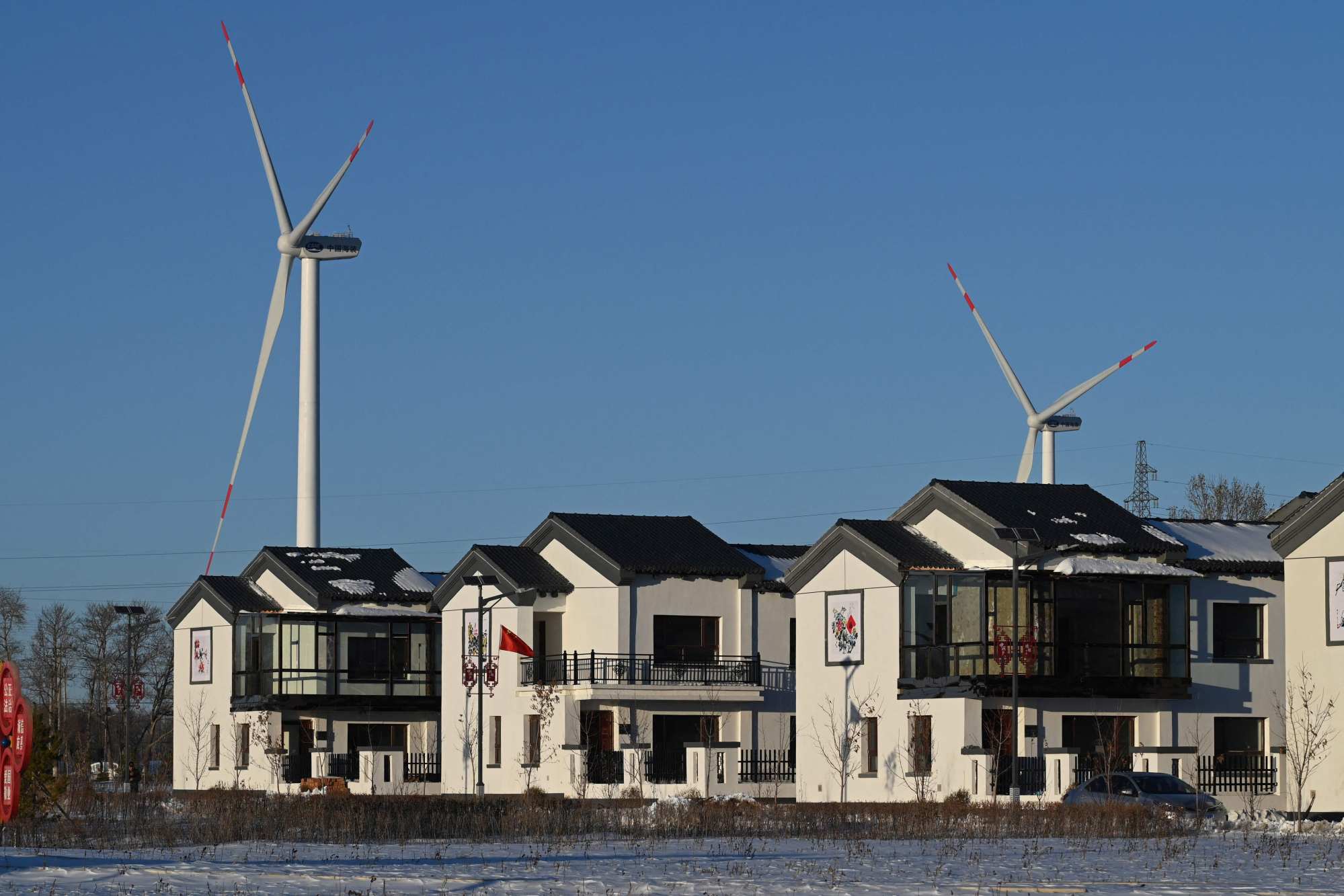
Martin Müller, another co-author of the study, noted that the Olympics are now large-scale and costly events involving many corporate sponsors, whose messages may run contrary to the ideas promoted by the Games.
He believes that to achieve the greenest Olympic Games, organisers will have to go back to very essence of the Olympics.
“The core idea is that you have athletes from around the world competing peacefully against each other,” he said.
“It would mean this: going back to the sports, making things smaller, rethinking the costs and the whole sponsorship that is around the Olympic Games.”


